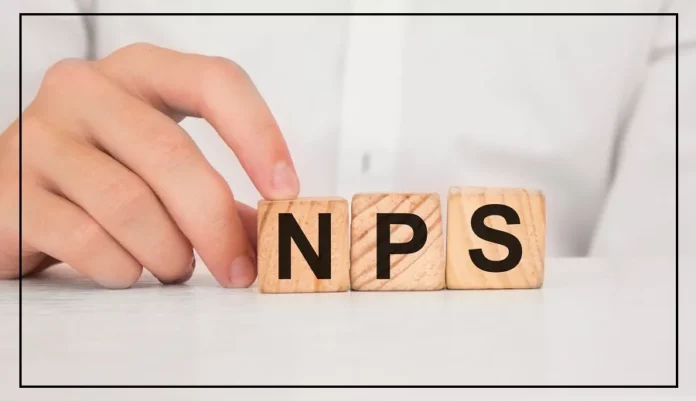The National Pension Scheme (NPS) was introduced by the government in 2004, initially targeting government employees as a means to secure their financial future upon retirement.
However, in 2009, it was extended to include all other individuals as well. NPS is jointly managed by the government and the Pension Fund Regulatory and Development Authority (PFRDA).
This long-term retirement plan offers flexibility in terms of contributions, allowing individuals to invest as per their convenience.
Pension Benefits with NPS
One of the primary objectives of the National Pension Scheme (NPS) is to ensure financial security through a pension upon retirement.
While NPS offers the potential for substantial investment growth, it does not guarantee a fixed pension amount.
The scheme encourages government employees to consistently contribute to their pension accounts throughout their careers.
Retirement Withdrawals
NPS provides the option to withdraw a portion of the accumulated funds at the time of retirement.
The remaining corpus is paid out to account holders in the form of monthly installments. This ensures a steady income even after retirement.
NPS is divided into two tiers: Tier-1 and Tier-2 accounts. Withdrawals from Tier-1 accounts are permitted only after retirement, while Tier-2 accounts allow for earlier withdrawals.
Tax Benefits
A notable feature of NPS is the tax benefits it offers to account holders. Under Section 80CCD of the Income Tax Act, NPS provides tax deductions of up to Rs 1.5 lakh on investments.
Moreover, 60 percent of the NPS corpus withdrawal is tax-free. In terms of interest, NPS offers an annual return ranging from 9 to 12 percent for investors.
This scheme not only secures your retirement but also provides financial advantages in the form of tax exemptions.
